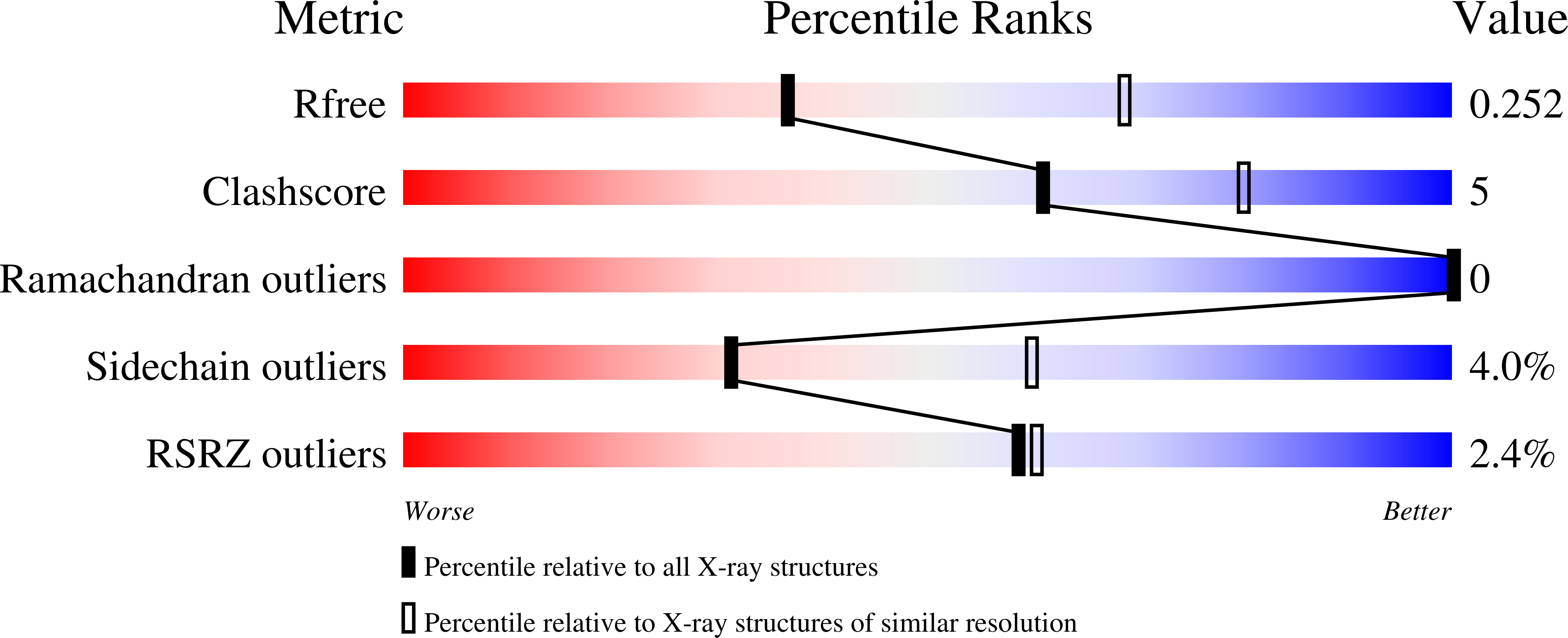
Deposition Date
2023-07-24
Release Date
2024-02-14
Last Version Date
2024-10-23
Entry Detail
PDB ID:
8TJT
Keywords:
Title:
The Fab fragment of an anti-glucagon receptor (GCGR) antibody
Biological Source:
Source Organism:
Homo sapiens (Taxon ID: 9606)
Host Organism:
Method Details:
Experimental Method:
Resolution:
2.70 Å
R-Value Free:
0.25
R-Value Work:
0.20
R-Value Observed:
0.20
Space Group:
H 3


